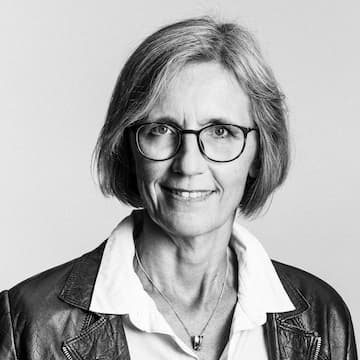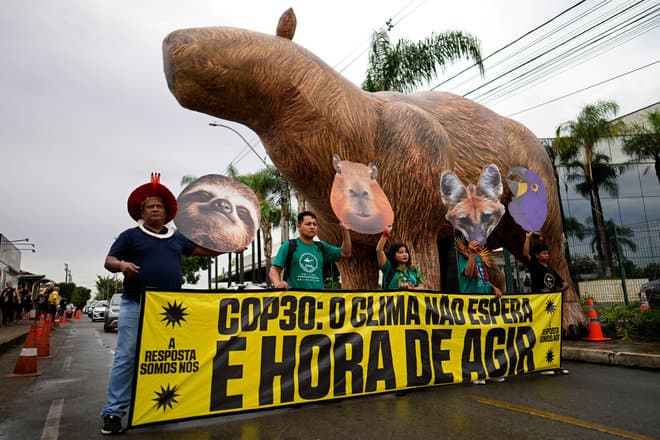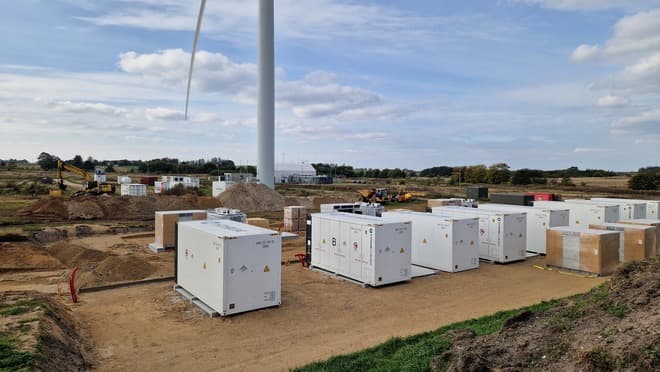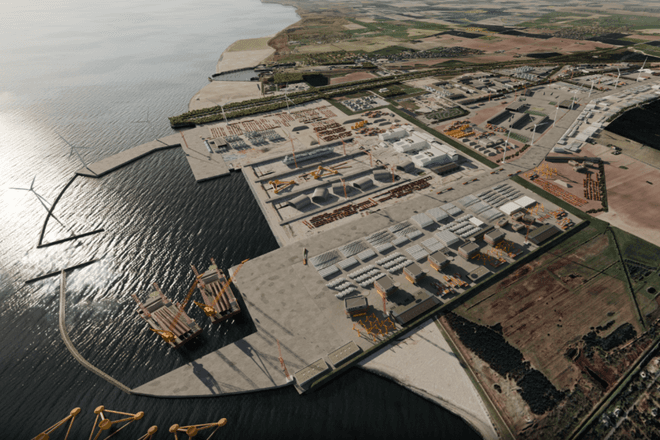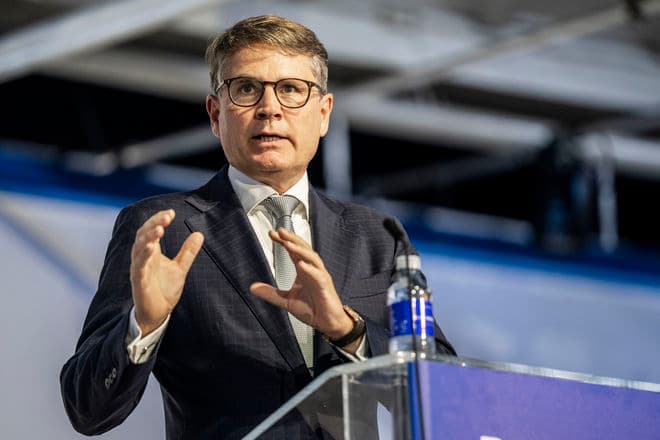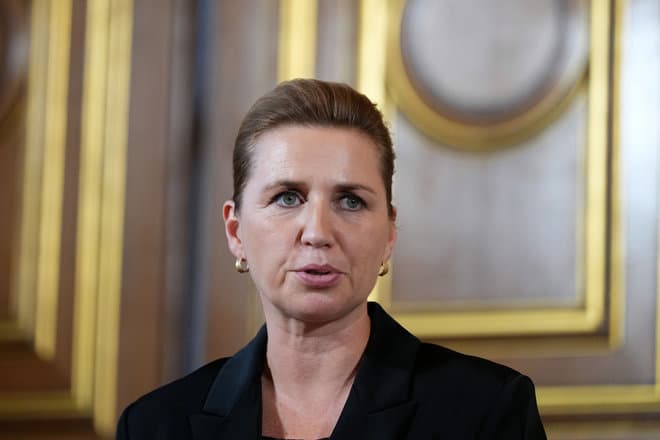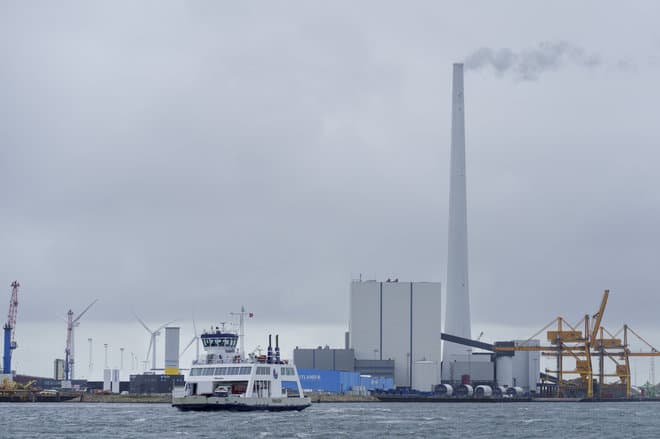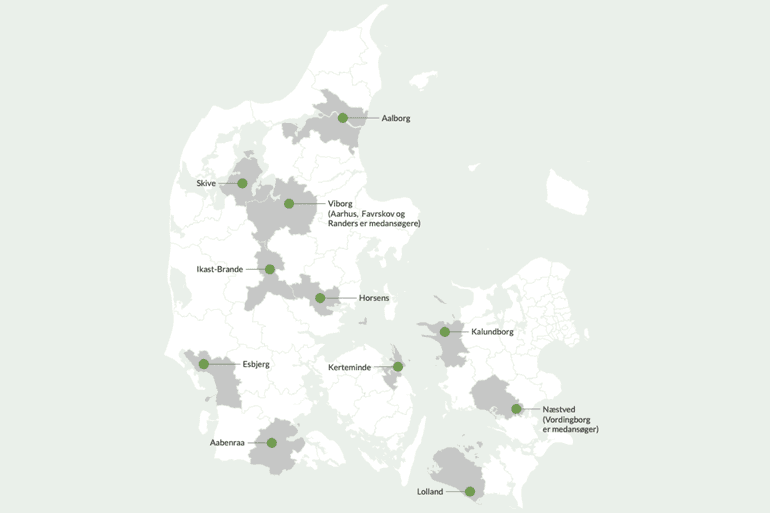
There will be not five, but 11 new state industrial parks. A broad political majority in the Danish Parliament has agreed to this.
The 11 industrial parks will be located in the municipalities of Kerteminde, Skive, Lolland, Aabenraa, Ikast-Brande, Horsens, Viborg, Næstved, Esbjerg, Aalborg and Kalundborg, the Ministry of Business and Industry announced on Tuesday morning.
However, for Lolland, a final decision on industrial park status will only be made once there is clarification on how the tunnel element factory and the working harbour, which were built for the construction of the Fehmarnbelt link, will be organised in the future.
- Production Denmark is the backbone of our local community and the Danish economy and creates thousands of jobs. But hassle and bureaucracy are a stumbling block for our manufacturing companies, says Minister of Industry Morten Bødskov (S) and adds:
- With the agreement on 11 industrial parks, we show that we mean it seriously when we say that active industrial policy is the way forward. The municipalities' great interest shows that they are on board. I would encourage everyone who has applied to continue working on their plans. Because a growing industry creates new jobs and makes us attractive for local investments.
The agreement's description of the 11 projects
- Esbjerg: The project focuses on heavy industry such as wind turbine components as well as green energy, hydrogen and PtX and is considered to be able to support the green transition. At the same time, the project is strategically well-placed in terms of infrastructure and regional strengths. The project covers 158 hectares, of which 118 hectares are new construction sites.
- Aalborg: The project focuses on green technology, CCUS (Carbon Capture, Utilization and Storage) and energy production. It is located close to the port and has good connections to existing ecosystems with several strong players as well as expected investments of DKK 10 billion and approximately 1,500 new jobs. The project covers approximately 250 hectares, of which 121 hectares are new construction sites.
- Kalundborg: The project focuses on life science and green energy and builds on an already existing international position of strength within life science and biotech/biosolutions. There is a well-developed supply and infrastructure (Kalundborg Symbiose) and generally a strategic and professional set-up. The project covers 234 hectares, of which 200 hectares are new construction sites.
- Horsens: The project focuses on technology production for the food industry and biosolutions and in the longer term defense and aviation. The area is located with strong infrastructure, a large labor pool, educational institutions and business clusters. The project covers 823 hectares, of which 443 hectares are new construction sites.
- Kerteminde: The project is a development of the Port of Odense, which focuses on offshore wind, maritime production and green technology. The project has a strong partnership between Kerteminde and Odense Municipality as well as the Port of Odense and builds on local strengths. The project covers approx. 355 hectares,
of which approx. 115 hectares are new construction sites. - Aabenraa: The project focuses on the production and storage of green energy (PtX, biogas and e-fuels) in continuation of the South Jutland position of strength with the development of technologies for sector coupling and green energy. This is a large area with a slightly longer time perspective. The proximity to the German market and the upcoming hydrogen infrastructure supports the development. The project includes 696 hectares, all of which are new construction sites.
- Viborg: (Aarhus, Favrskov and Randers are co-applicants)
The project focuses on green transition, agribusiness and biosolutions. The project has a large catchment area, broad municipal support from several municipalities and builds on the existing position of strength and business cluster. The project covers 95 hectares, of which 75 hectares can be laid out as new building sites. - Næstved: (Vordingborg is a co-applicant) The project focuses on green production and recycling and shows prospects for attracting investments in sustainable production companies. The project is strategically well located and close to motorways, ports and the Fehmarnbelt. The project covers 207 hectares, of which 140 hectares are new building sites.
- Skive: The project focuses on circular economy, biosolutions and green technology with good experiences from GreenLab Skive, which is already a leading platform for green industrial symbiosis and sharing of energy and materials between companies. The project is strongly anchored locally and among national research actors. The project covers 130 hectares, of which approx. 56 hectares are new construction sites.
- Ikast-Brande: The project focuses on transport-intensive industries such as production, transport and logistics companies within larger industries that need a location close to the overall road network, as well as environmentally demanding companies. The area is located with transport infrastructure, experience in handling large industrial projects and interest from production companies with high complexity. The project covers 647 hectares, of which 490 hectares are new construction sites.
- Lolland: The project focuses on heavy industry, logistics, offshore energy and sustainable production with strong synergies for the Fehmarnbelt link. It is a visionary project with long-term potential for regional development. The project covers 780 hectares, of which 63 hectares are new construction sites.
The industrial parks have been designated as part of an agreement that was concluded in November by the government and the DD, SF, K, DF and R. The agreement was called "red carpet for manufacturing companies".
The goal is that it should be possible to quickly obtain the necessary permits via a so-called one-stop-shop, where official processing is concentrated in one place.
The agreement was to designate five industrial parks where access to electricity, water, transport and wastewater disposal are in place, so that an industrial company can quickly establish itself on a large scale. Instead, it ended up with 11.
The municipalities could register by May 15 whether they wanted an industrial park. Almost a third of the municipalities did so.
Text, graphics, images, sound, and other content on this website are protected under copyright law. DK Medier reserves all rights to the content, including the right to exploit the content for the purpose of text and data mining, cf. Section 11b of the Copyright Act and Article 4 of the DSM Directive.
Customers with IP agreements/major customer agreements may only share Danish Offshore Industry articles internally for the purpose of handling specific cases. Sharing in connection with specific cases refers to journaling, archiving, or similar uses.
Customers with a personal subscription/login may not share Danish Offshore Industry articles with individuals who do not themselves have a personal subscription to Danish Offshore Industry.
Any deviation from the above requires written consent from DK Medier.
